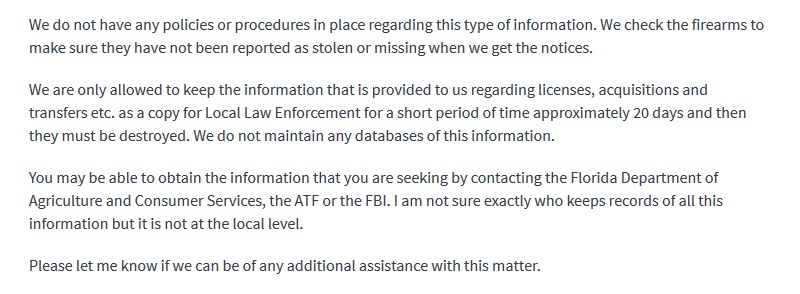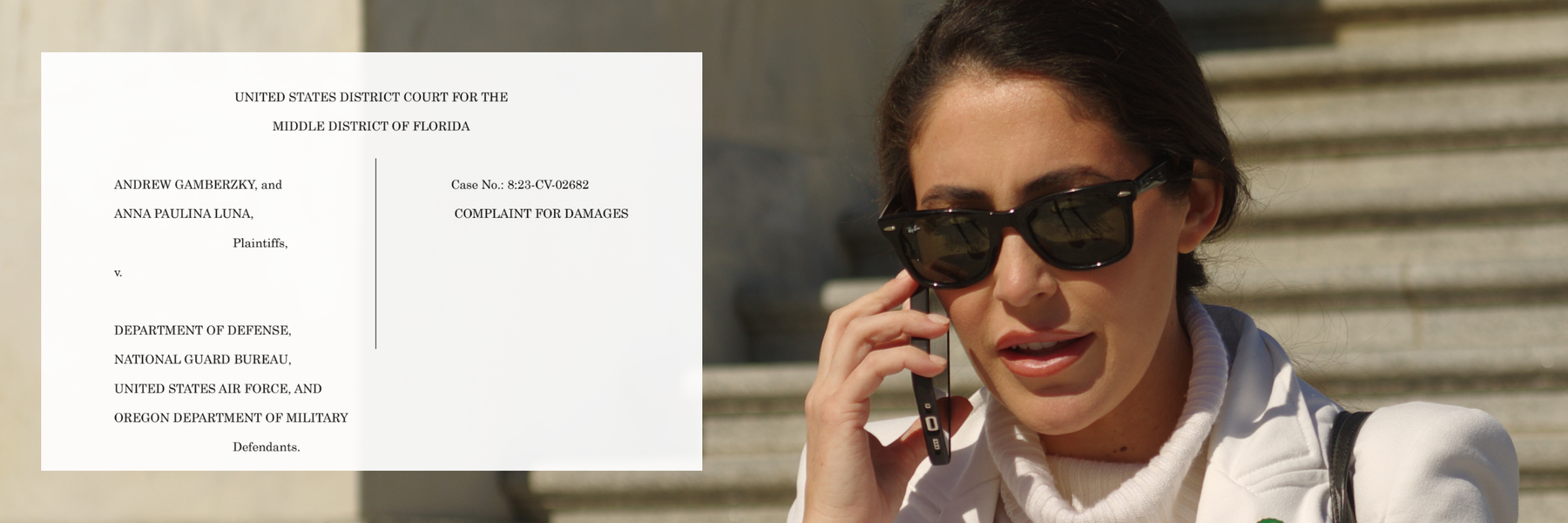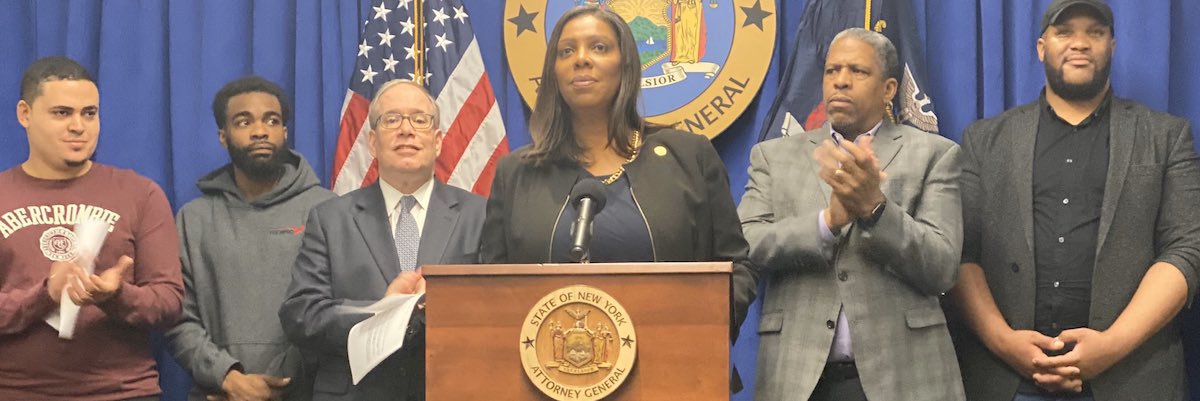How many guns are there in Florida? Nobody really knows.
Last April, at the National Rifle Association’s annual convention, presidential hopeful Jeb Bush bragged that his home state of Florida had “well over 1.3 million law-abiding Floridians with a valid concealed weapons permit.”
“That’s the most in the nation,” he said.
Politifact has confirmed that, yes, Florida does have the most guns – and that number has steadily climbed, jumping to 1.9 million at last count on Feb. 28, 2016.
However, the key phrase in Bush’s statement is “concealed weapons permit.” Florida law does not require licensing of firearm purchasers or registration of the weapons, only mandating that concealed weapons must be permitted. This means data is only kept for concealed firearms, which also means nobody really knows how many unconcealed firearms there are.

So in Florida, if your handgun isn’t concealed, the government doesn’t even know you have one.
We filed the same request with the Sheriff’s Departments in each of the 67 counties in Florida, asking for policies and statistics regarding gun acquisition, licensure, and transfer. We were quickly told all licensing for concealed firearms comes from the Florida Department of Agriculture and Consumer Affairs, who also maintain a database of total concealed weapons permits. We were also told we could contact the Bureau of Alcohol, Tobacco, and Firearms to find out how many new and used guns have been sold, but that Florida has no central registration of any of these records. Nobody can definitively say just how many guns there are, right now, in the state.

Similarly, county sheriff’s departments are given information about firearms licenses, acquisitions, and transfers as a copy for local law enforcement, but can only keep this information for about 20 days. After that it must be destroyed. No database is maintained.
We also requested from the sheriff’s department’s data on incidents involving firearms. It turns out, at the end of the year, Florida Department of Law Enforcement releases Uniform Crime Reports (UCR) on each county. The UCRs highlight many crimes, but for our sake we focused on those that segregated data for firearm involvement, which included murder, rape, fondling, robbery, and aggravated assault.
All this seems straightforward enough … except the numbers in FDLE’s reports and the numbers given by the sheriff’s departments didn’t always add up.
In Orange County, for example, the 2015 UCR said there were 1,714 aggravated assaults involving a firearm.

But the sheriff’s department said there were only 440.
With excuses ranging from saying the information sent to us was the same information they sent the state, to the information sent to us may have been pulled prior to final submission to FDLE, no sheriff’s department could adequately explain extreme discrepancies in data. The Hernando County Sheriff’s Office did, however, provide us with the UCR Manual, which provided an interesting perspective.

It seems in these cases the sheriff’s departments have limited jurisdiction, and other local law enforcement agencies also submit crime data to the state for final UCR tally.
What’s interesting is that the UCR only accounts for one offense per incident, using a ranking system to determine which offense was the worst. Say, for example, one incident involved both a simple assault and a robbery, only the robbery would be counted, because it is the highest-ranking offense in their system.
So does this really give us a complete glimpse into Florida crime? You decide.
Read the full UCR manual embedded below, or on the request page.
Image by Cory Doctorow via Wikimedia Commons and is licensed under CC BY-SA 2.0




